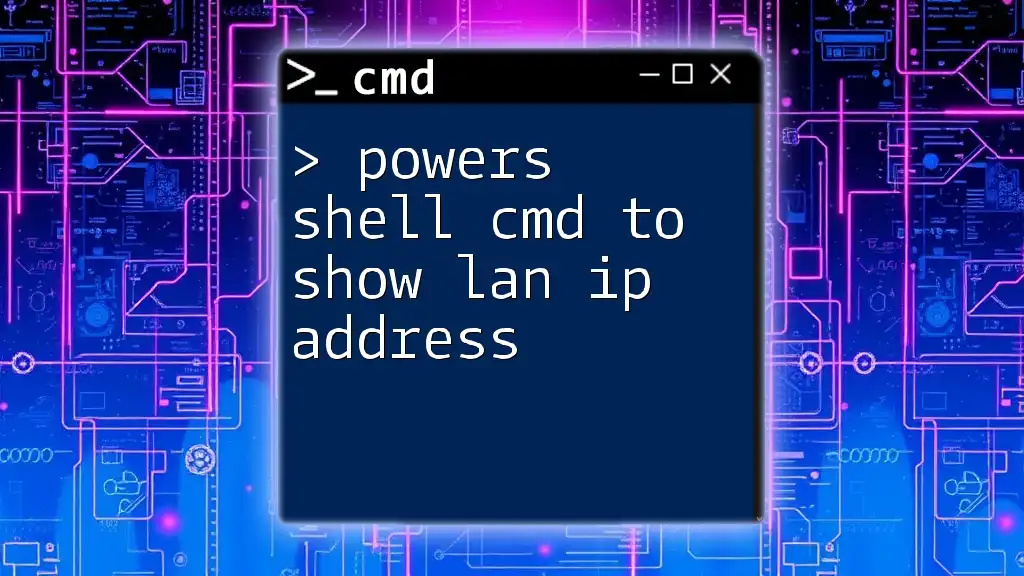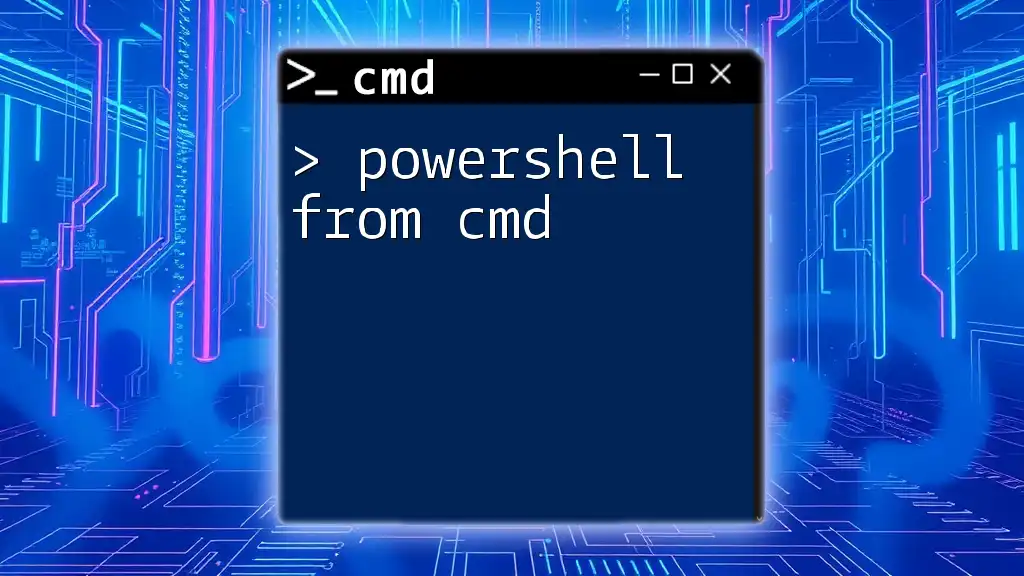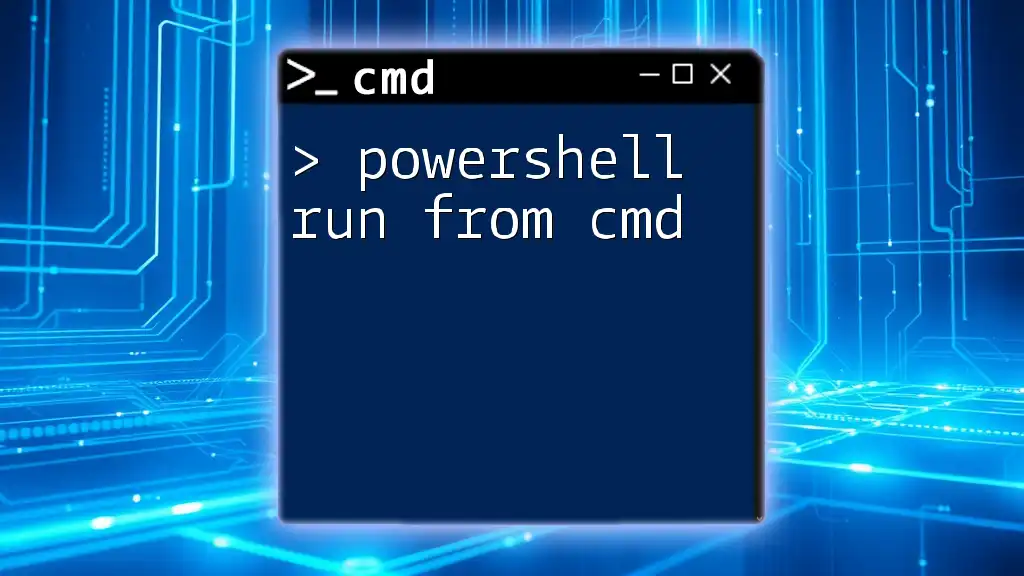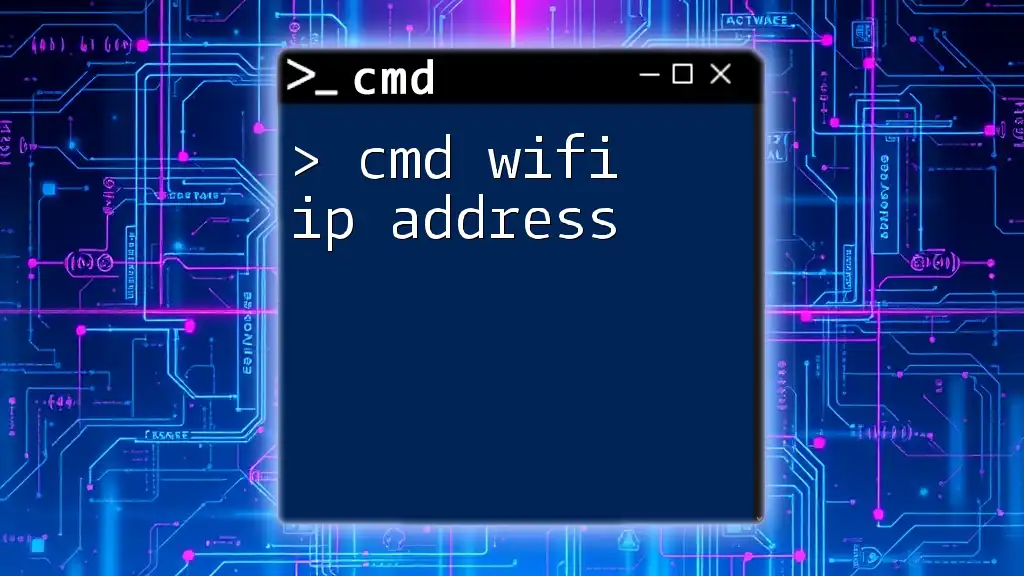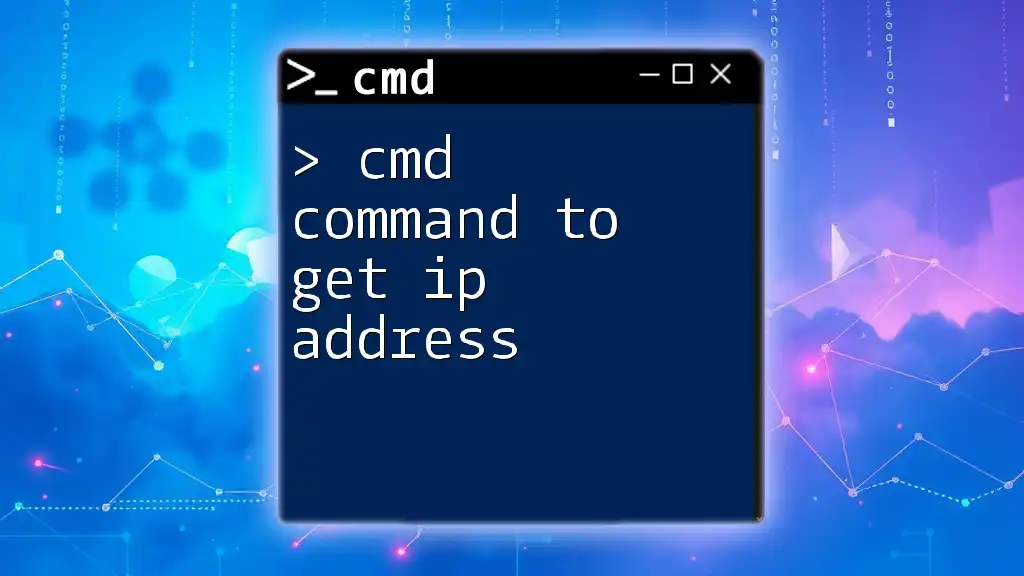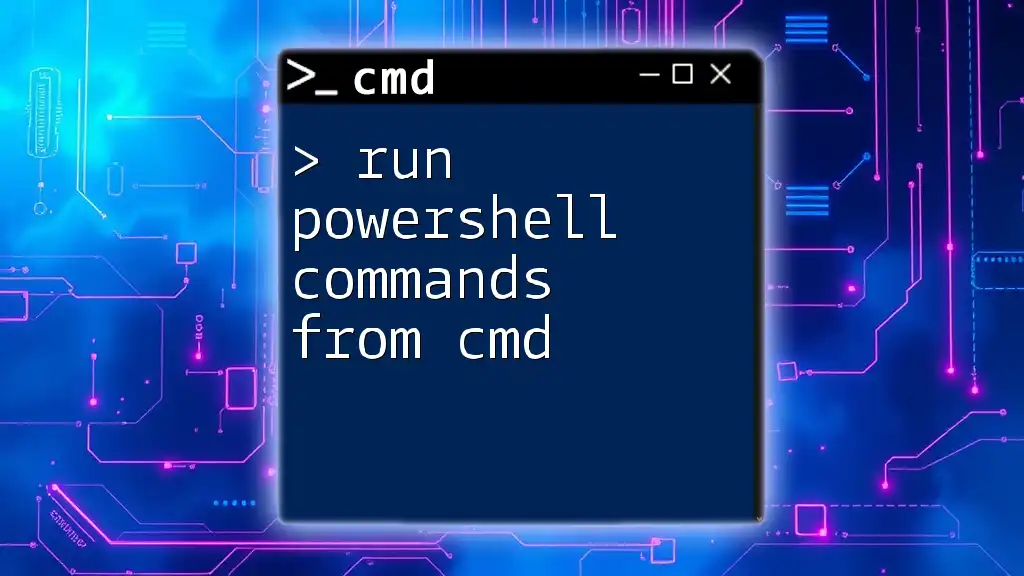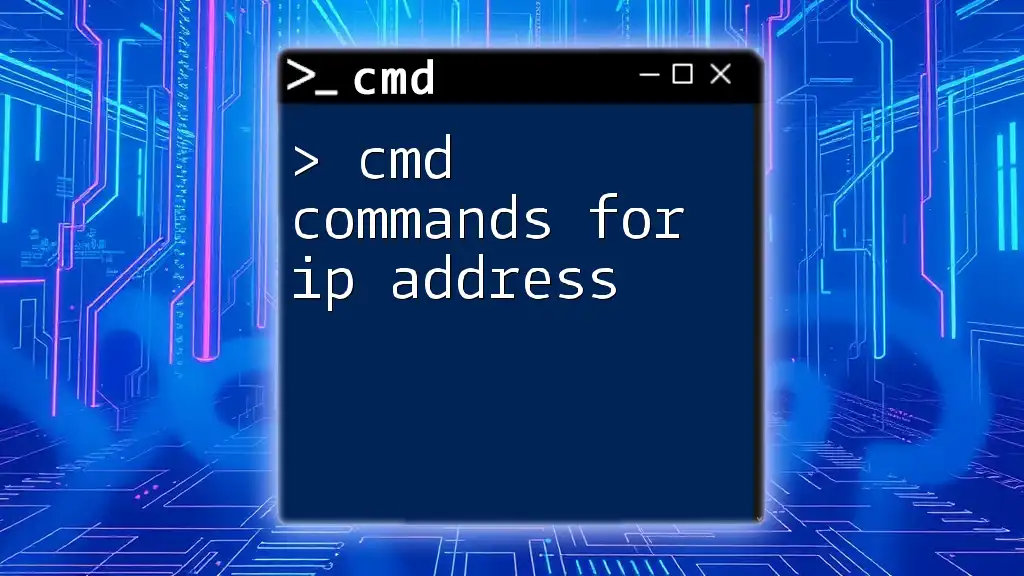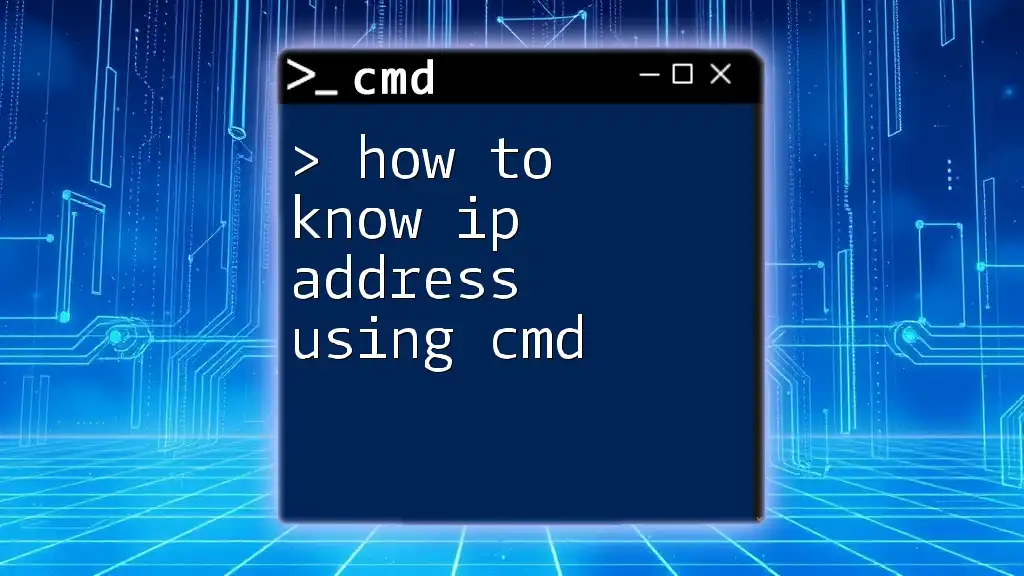To quickly display the LAN IP address using PowerShell, you can utilize the following command:
Get-NetIPAddress | Where-Object { $_.AddressFamily -eq "IPv4" -and !$_.Loopback }
Understanding IP Addresses
What is an IP Address?
An IP address (Internet Protocol address) is a unique identifier assigned to each device connected to a network that uses the Internet Protocol for communication. There are two types of IP addresses: IPv4 (which consists of four sets of numbers between 0 and 255) and IPv6 (which is an extended format designed to replace IPv4).
Types of IP Addresses
-
Public vs. Private IP:
- Public IP addresses are assigned by your Internet Service Provider (ISP) and can be accessed over the internet.
- Private IP addresses are assigned to devices within a local network and are not routable on the internet. They typically fall within specific ranges, such as 192.168.0.0 - 192.168.255.255.
-
Static vs. Dynamic IP:
- A static IP address does not change and is generally used for servers or devices that need constant access.
- A dynamic IP address is assigned by a DHCP server and can change each time a device connects to the network.
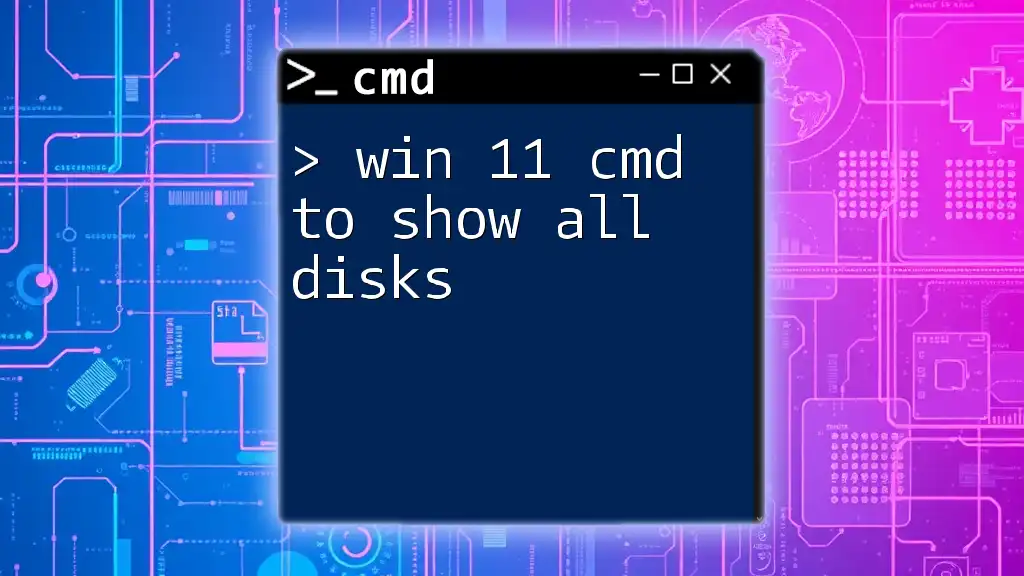
Getting Started with PowerShell
What is PowerShell?
PowerShell is a task automation framework from Microsoft, which includes a command-line shell and an associated scripting language. It is designed to enable IT professionals to automate the management of systems and applications, making it a powerful tool in both personal and professional tech environments.
Launching PowerShell
To begin using PowerShell, simply follow these steps:
- Search for PowerShell: Click on the Start menu and type "PowerShell" in the search bar.
- Run as Administrator: For most commands to work properly, right-click on Windows PowerShell and select "Run as administrator".
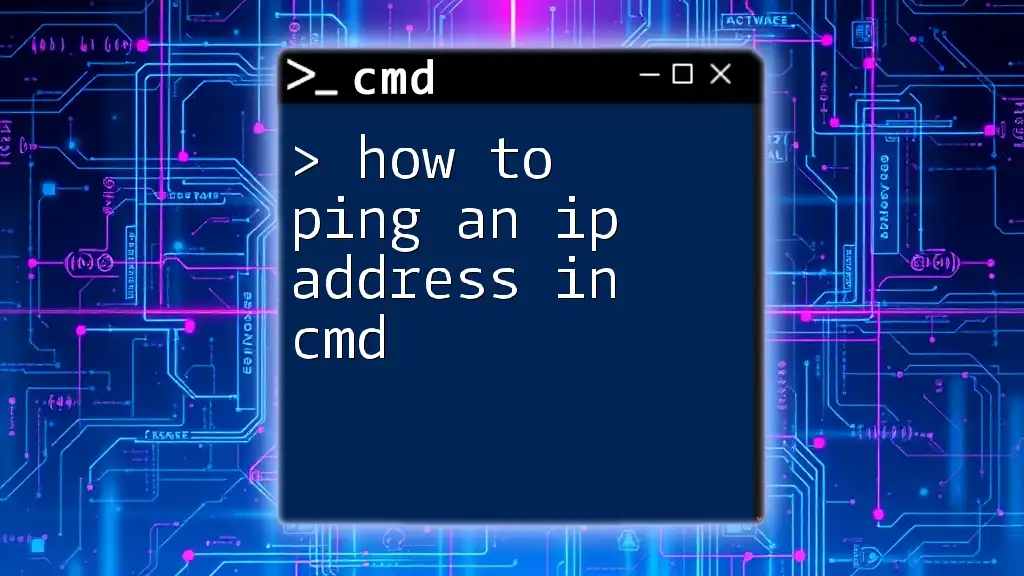
How to Find Your LAN IP Address Using PowerShell
Using the `Get-NetIPAddress` Cmdlet
The `Get-NetIPAddress` cmdlet is a powerful tool for retrieving IP address configurations on your system.
To display a list of all IP addresses on your network interface, use the following command:
Get-NetIPAddress
Once executed, this command will return a list of IP addresses associated with all network interfaces on your device. You should look for the `InterfaceAlias` that represents your local area network (LAN) connection.
Filtering Results for LAN IP
Using `Where-Object`
To narrow down the output to only show LAN IP addresses, leverage the `Where-Object` cmdlet. For example:
Get-NetIPAddress | Where-Object {$_.AddressFamily -eq 'IPv4' -and $_.DestinationPrefix -eq '255.255.255.0'}
In this filter:
- `AddressFamily` specifies the type of IP address (here, IPv4).
- `DestinationPrefix` will match the typical subnet mask for local networks.
Alternative Methods to Retrieve LAN IP Address
Using `ipconfig` Command with PowerShell
If you prefer the traditional method, you can still use the `ipconfig` command within PowerShell to retrieve your LAN IP address:
ipconfig
Upon running this, look for the section labeled "IPv4 Address" under your network adapter, which will display your LAN IP address.
Using `Test-Connection`
Another powerful cmdlet is `Test-Connection`, which is similar to the `ping` command. By executing it, you can gather more network information:
Test-Connection -ComputerName (Get-NetIPAddress | Where-Object {$_.AddressFamily -eq 'IPv4'}).IPAddress
This executes a connection test to the local IP address, which helps in validating the address while exploring your network configuration.
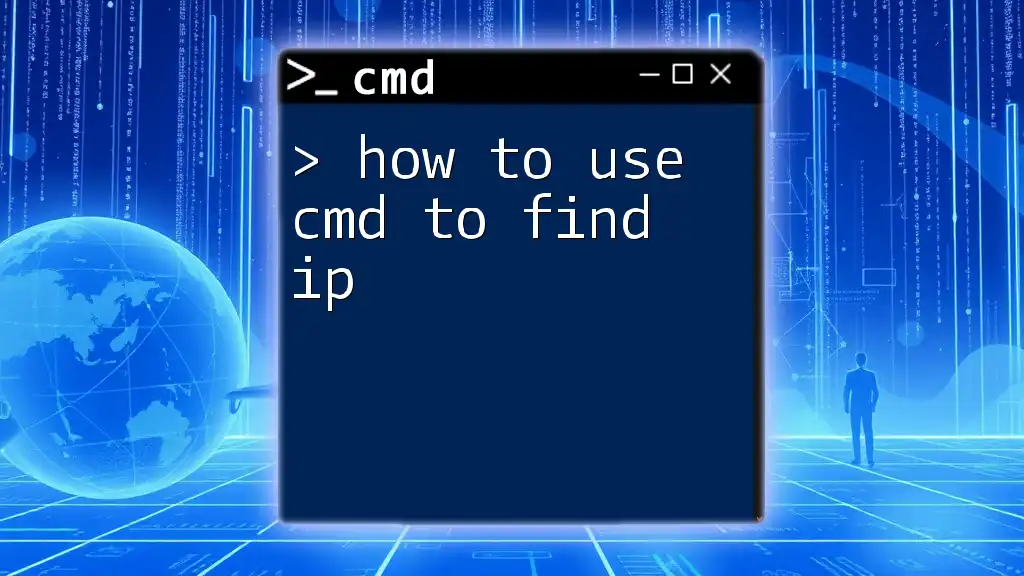
Visualizing Your Network Configuration
Using `Get-NetIPConfiguration`
For a more comprehensive view of your network, you can use the `Get-NetIPConfiguration` cmdlet. This provides detailed information about your network interface, including DNS settings and IP configurations.
Run the following command:
Get-NetIPConfiguration
In the output, look for the `IPv4Address`, which indicates your LAN IP alongside other important network configurations.
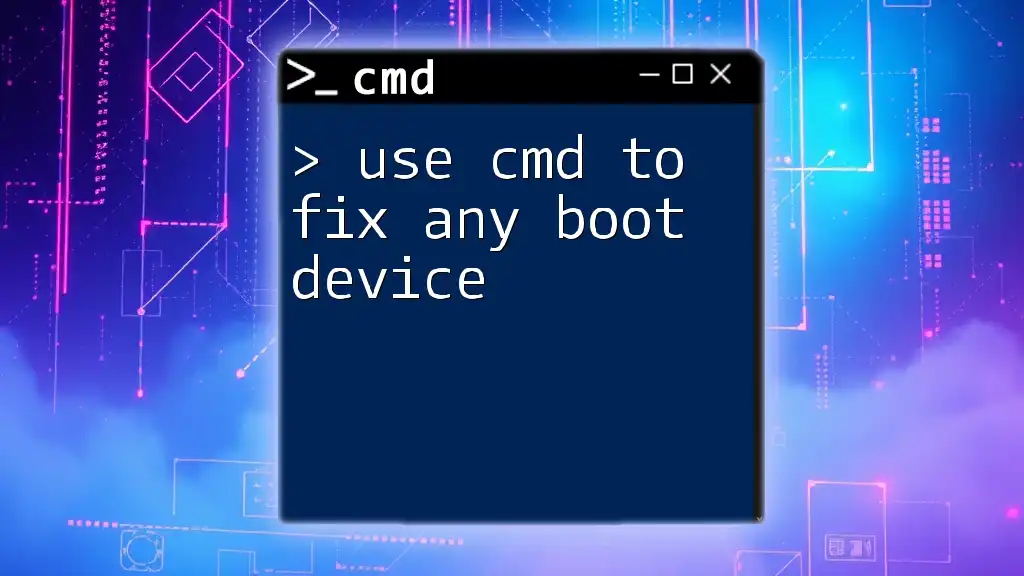
Common Errors and Troubleshooting
Access Denied or Command Not Found
If you encounter access denied errors or command not found messages, ensure you are running PowerShell with administrative privileges. Some cmdlets, like `Get-NetIPAddress`, require elevated permissions.
No Data Returned for IP Address
If your command does not return any LAN IP addresses, confirm that your network adapter is correctly configured and connected to a local network. Additionally, check if your device has been assigned an IP address from your DHCP server.
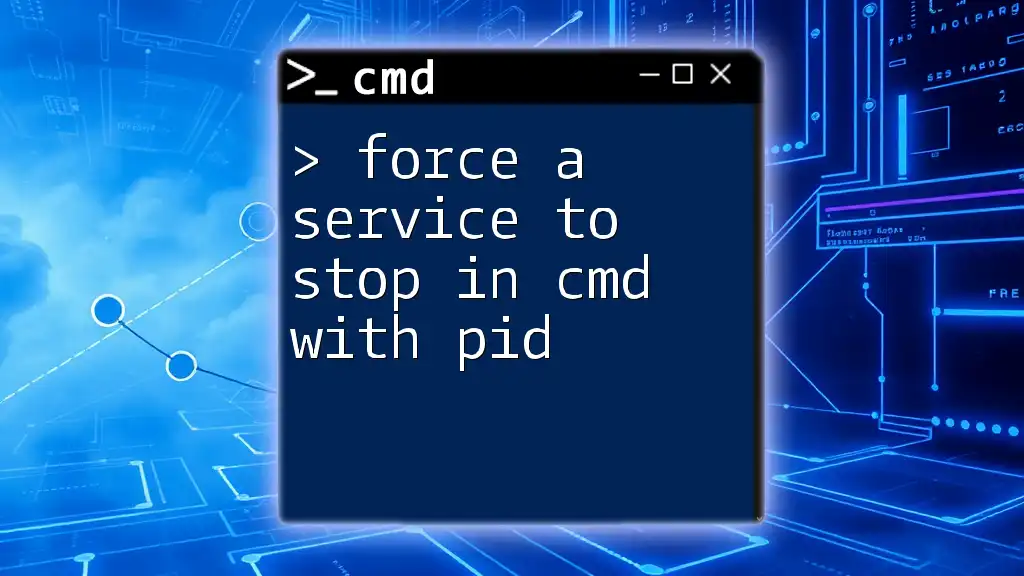
Conclusion
Utilizing PowerShell CMD to retrieve your LAN IP address is not only efficient but empowers you with a deeper understanding of your network environment. Mastering these commands will bolster your competency in managing network configurations and troubleshooting issues effectively.
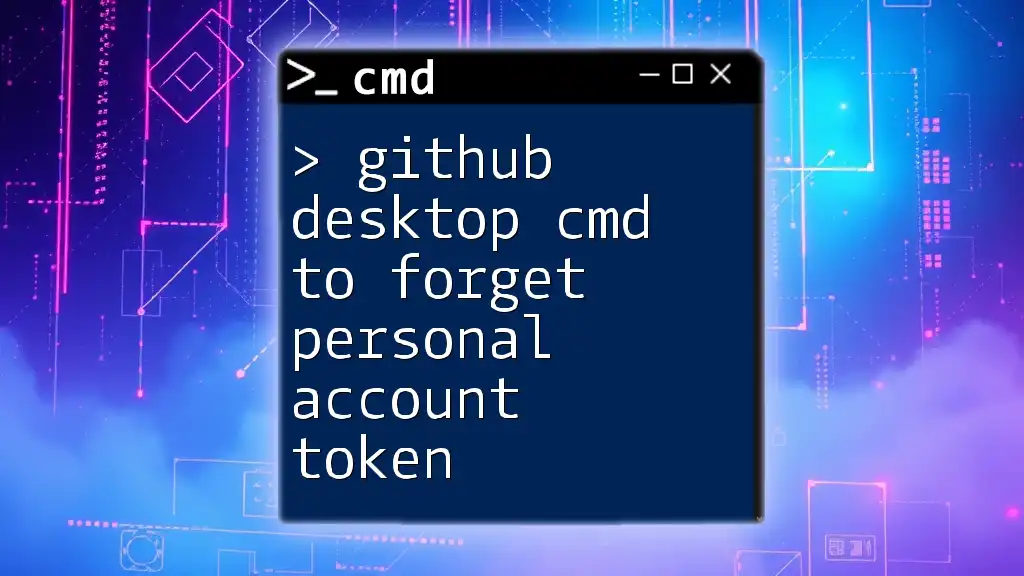
Frequently Asked Questions (FAQs)
How do I change my IP address using PowerShell?
You can change your IP address using the `New-NetIPAddress` cmdlet. For example:
New-NetIPAddress -InterfaceAlias "Ethernet" -IPAddress "192.168.1.100" -PrefixLength 24 -DefaultGateway "192.168.1.1"
Make sure to replace the values with the appropriate information relevant to your network.
Is it safe to use PowerShell commands?
Yes, PowerShell is safe to use when commands are executed responsibly. Always double-check commands and ensure they are from trusted sources to avoid unintentional changes to your system.
Can I retrieve my public IP using PowerShell?
Yes, you can retrieve your public IP address using the following command:
(Invoke-WebRequest -UseBasicP | Select-Object -ExpandProperty Content).Trim()
This command queries an online service to return your public IP.
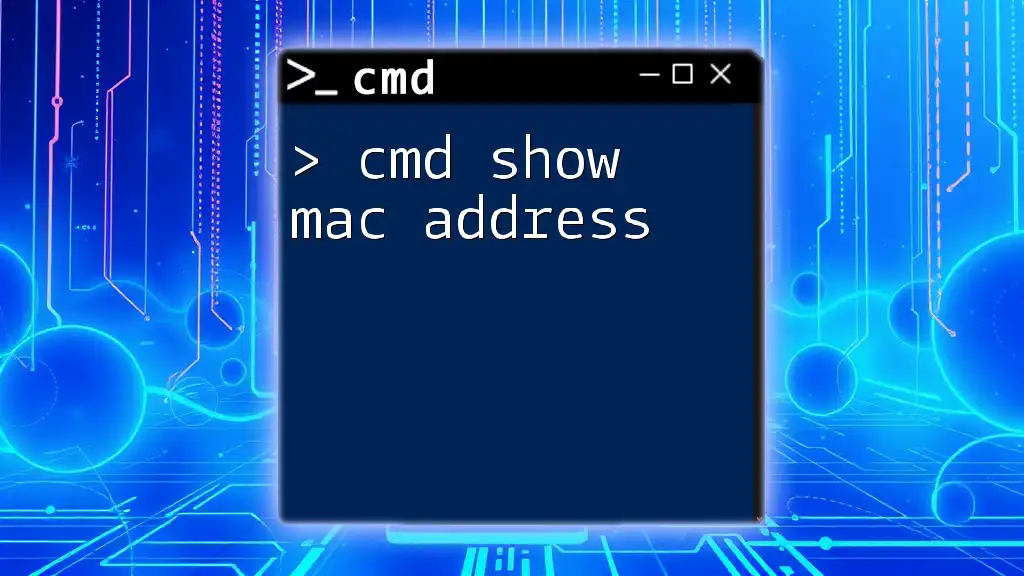
Additional Resources
For further exploration of PowerShell, consider visiting the official PowerShell documentation to discover new cmdlets and advanced techniques that can enhance your scripting and automation skills. Additionally, various online communities and blogs provide valuable insights and tutorials that can broaden your PowerShell knowledge.

